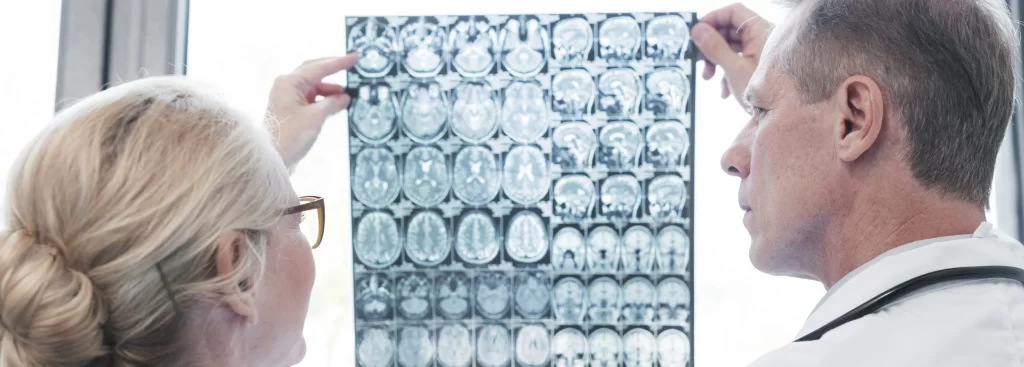Frequently Asked Questions
Q: What is the role of air ambulances in medical transportation?
A: Air ambulances are used for:
Transporting critically ill or injured patients over long distances.
Accessing remote or hard-to-reach areas where ground ambulances cannot operate effectively.
Providing advanced medical care during transit with trained medical staff and specialized equipment.
Q: How does specialized medical transportation cater to individuals with disabilities?
A: Specialized medical transportation vehicles are designed with:
Wheelchair lifts, ramps, and adaptive seating.
Safety restraints for mobility devices.
Staff trained in assisting individuals with special needs.
These features ensure comfort, safety, and accessibility for individuals with physical or cognitive disabilities.




